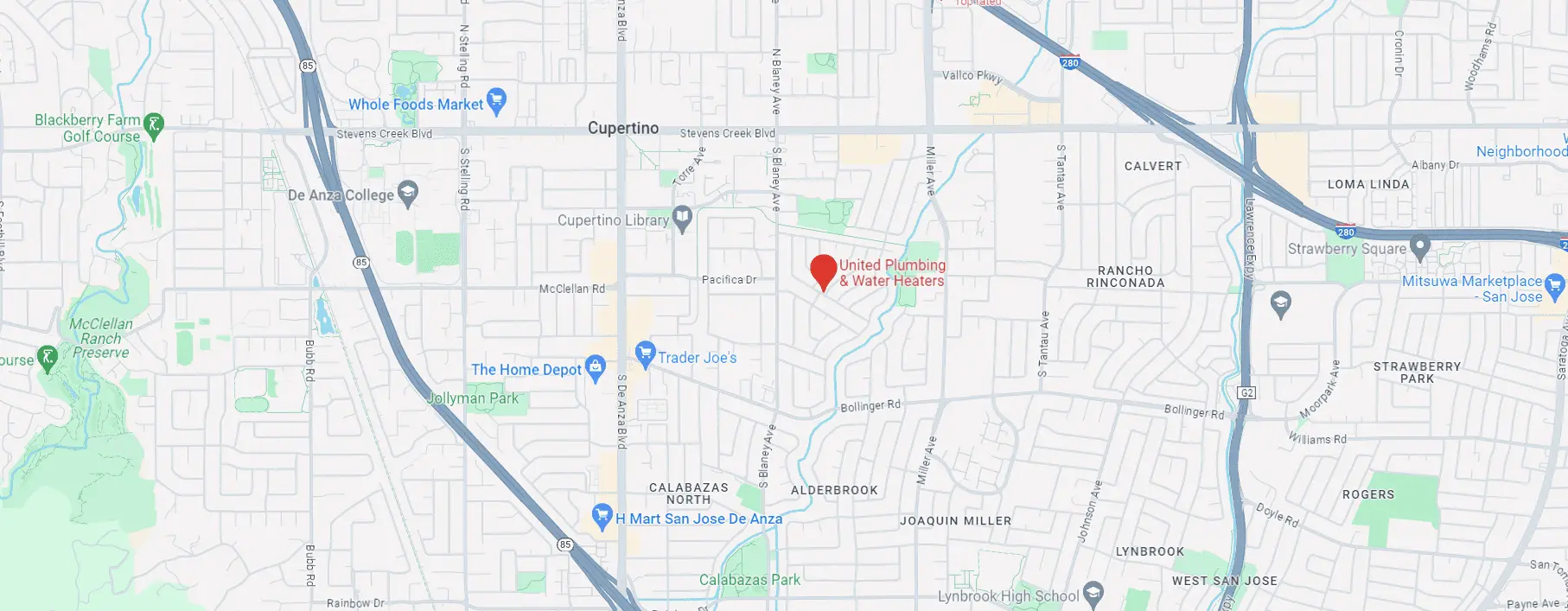What californian homeowners need to know about electric water heaters
Californian homeowners are no strangers to the importance of energy efficiency and sustainability. As the state continues to lead the nation in adopting eco-friendly practices, homeowners are increasingly turning to electric water heaters as an energy-efficient and environmentally responsible choice. In this article, we will discuss what Californian homeowners need to know about electric water heaters, focusing on their benefits, types, installation, and maintenance.
Energy Efficiency
One of the primary reasons Californian homeowners are considering electric water heaters is their remarkable energy efficiency. Electric water heaters are known for their lower operating costs compared to their gas counterparts. With California’s strict energy regulations and the increasing emphasis on reducing greenhouse gas emissions, electric water heaters offer an eco-friendly alternative that aligns perfectly with the state’s environmental goals.
Types of Electric Water Heaters
Homeowners have a range of electric water heater options to choose from. The main types include:
a. Tank Water Heaters: These are the most common type and store hot water in a tank for use on demand.40, 50 and 55-Gallon Capacities 240 Volt AC/Single Phase Electric They come in various sizes to suit different household needs.
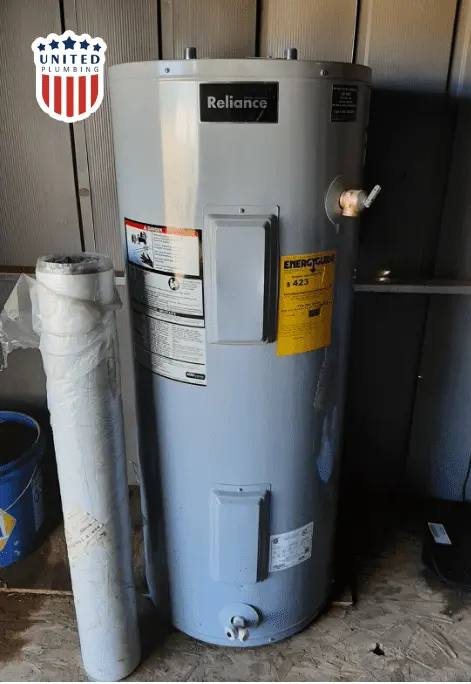
b. Tankless Water Heaters: Also known as on-demand water heaters, they heat water only when you need it, providing energy savings. Tankless water heaters are compact and efficient, making them a popular choice for Californian homeowners with limited space.
*Caution When Installing Electric Tankless Water Heaters
When installing electric tankless water heaters, be mindful of your home’s electrical capacity. These units often require a substantial amount of power, which can strain your electrical panel. In cases where your panel has a maximum capacity of 100 Amperes, a 90-Ampere water heater leaves little room for other appliances. Overloading the panel may lead to circuit disruptions or, in severe cases, overheating of wires, posing a fire risk. It’s crucial to consult with an electrician to ensure your electrical system can safely support the addition of an electric tankless water heater and consider any necessary upgrades.
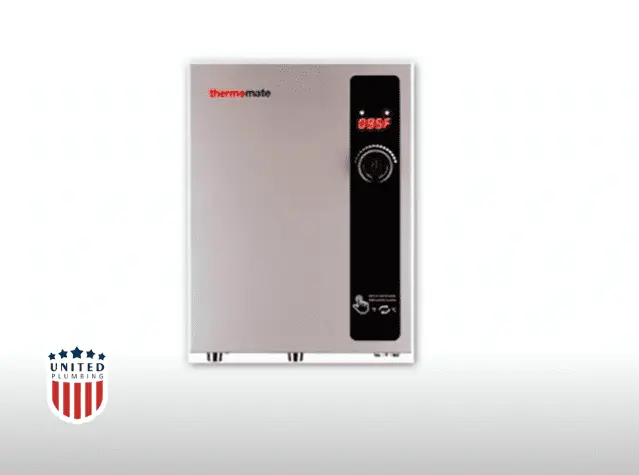
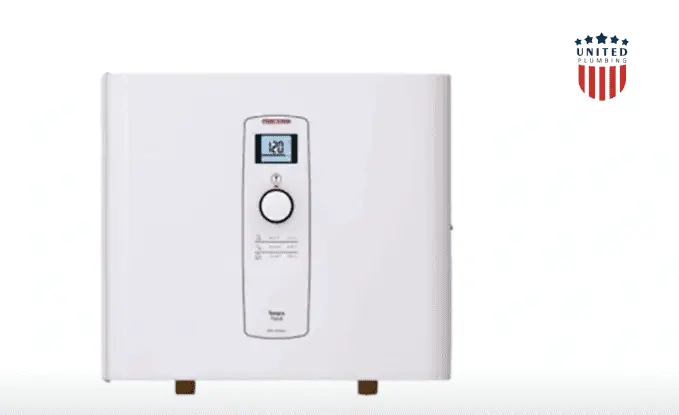
c. Heat Pump Water Heaters: These systems use electricity to move heat from the air or ground to heat water, making them incredibly energy-efficient. They are ideal for homeowners who prioritize sustainability. The recovery rate for a heat pump water heater with a 40-gallon tank, delivering a 60°F rise in temperature, is typically expressed in gallons per hour (GPH). In this scenario, it means that the water heater can provide hot water at a rate of 12 gallons per hour, increasing the temperature by 60 degrees Fahrenheit. They are a versatile option, offering energy efficiency and cost savings, making them an ideal choice for homeowners.
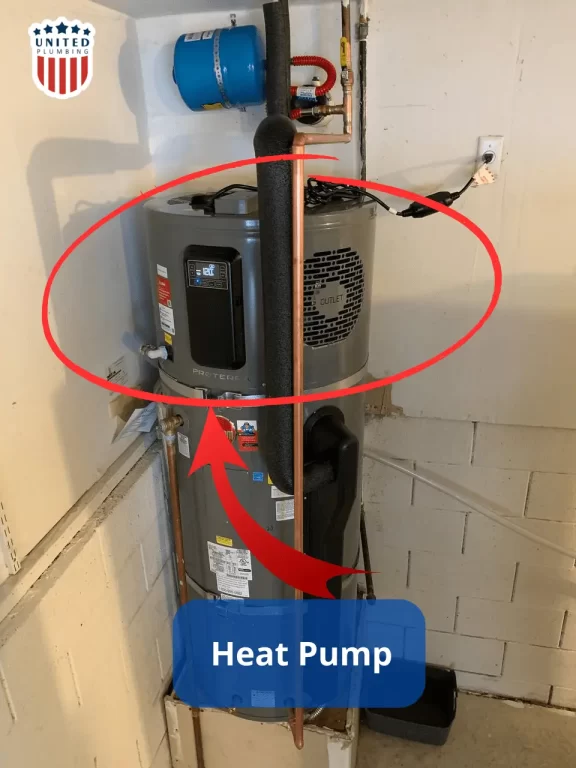
d. Hybrid water heaters: a relatively new addition to the market, combine the benefits of electric and heat pump technology. Delivers hot water faster than most standard electric water heaters. Ambient operating range: 37-145º F offering more days of heat pump operation annually. A hybrid water heater equipped with a 40-gallon tank boasts an impressive recovery rate of approximately 20 gallons per hour, capable of raising the water temperature by 90 degrees Fahrenheit. This robust heating capacity ensures a rapid and continuous supply of hot water, making it a reliable choice for households with higher hot water demands.

Installation and Placement
Proper installation of electric water heaters is crucial to maximize efficiency and safety. Californian homeowners should consider the following when installing electric water heaters:
a. Location: You should choose the right location based on your space and climate considerations:
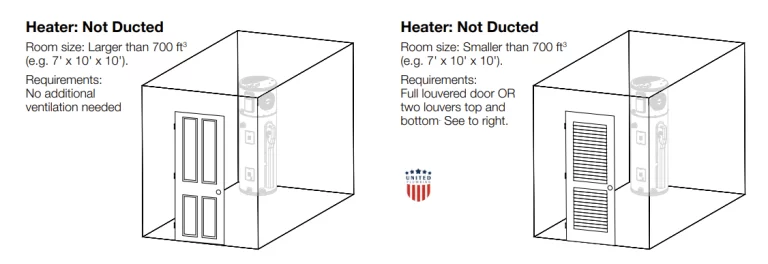

You need to pay attention to the room where your water heater will be located. As indicated in the figure above, the size of the room and even the size of the gap under the door where the water heater is located are very important.
b. Electrical Requirements: Ensure that your home’s electrical system can support the water heater’s power needs. It’s advisable to consult a professional electrician to handle the electrical connections.
Maintenance
Maintaining an electric water heater is relatively straightforward. Regular maintenance can extend its lifespan and keep it operating efficiently. Californian homeowners should consider the following maintenance tips:
a. Flush the Tank: To prevent sediment buildup, which can reduce efficiency, homeowners should flush the tank annually.
b. Check the Anode Rod: The anode rod should be inspected periodically and replaced if it shows signs of corrosion. This helps protect the tank from rusting.
c. Temperature Setting: Ensure that the water heater’s temperature is set to an energy-efficient and safe level. In California, setting it at around 120°F is generally recommended.
d. Periodic Inspections: Keep an eye out for leaks, strange noises, or other irregularities. These signs could indicate a problem that requires professional attention.
Conclusion
Californian homeowners looking to reduce their carbon footprint and save on energy costs should seriously consider electric water heaters. With a variety of types and sizes available, electric water heaters can be tailored to fit the specific needs of each household. Proper installation and regular maintenance are essential to ensure these systems operate efficiently and safely. By choosing electric water heaters, homeowners can play a part in California’s ongoing commitment to environmental sustainability while enjoying the benefits of a reliable hot water supply.
Post views: 1053

